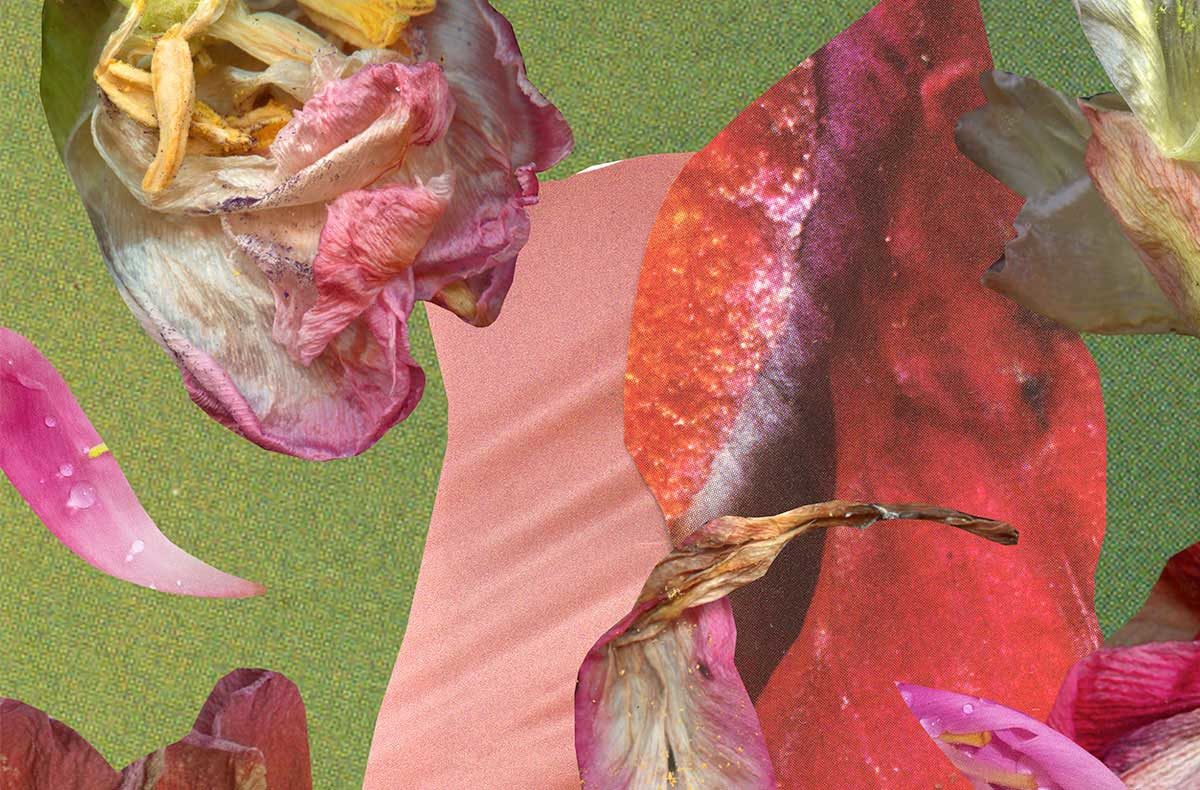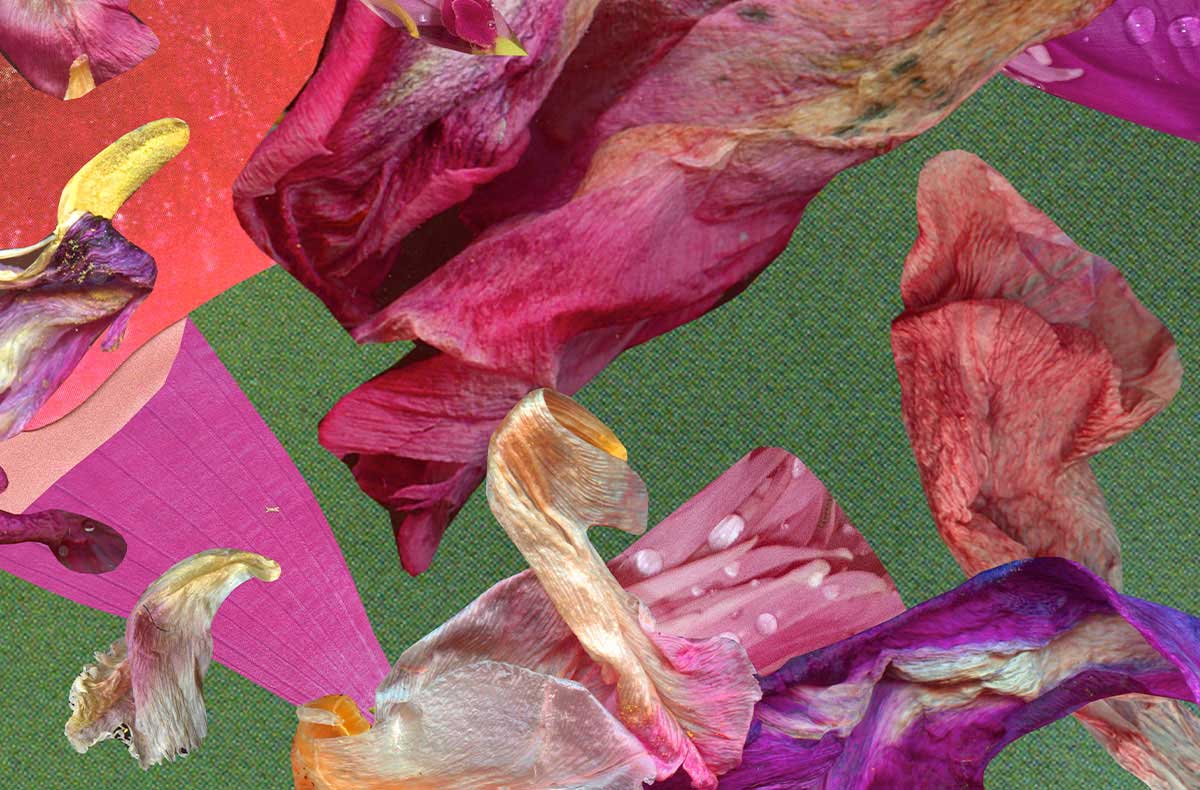By David Maggs, Metcalf Fellow on Arts and Society
It is inescapably strange to be human. On the one hand, we are blessed with such flexibility regarding how we can live and what meanings we can attach to our lives. On the other hand, we are cursed by questions of how we should live and what meanings we should attach to our lives.
Culture is how we navigate the endless possibility and uncertainty that comes with being human, and one of our deepest instincts in shaping culture is to look to the natural world. I feel these ancient instincts every time I raise the idea of rewilding Canada’s cultural nonprofit sector. Conversations get lively, imaginations fire, and rich debates ensue. Yet here we must not lose sight of metaphor and assume we have a model on our hands. The imagery is borrowed and incomplete, meant only to inspire creative thinking about cultural worlds.
Yet even this is not without concern. As seen in my discussion with Ravi Jain, rather than uprooting the status quo, evoking “nature” might do the opposite — normalizing these systems as “natural,” inherently good, and worth preserving in their present form. A park rather than a wilderness. This is like watching nature shows where nothing gets eaten — less unsettling, but the reason rewilding works, the reason systems thrive, is, in part, thanks to predation. Organic, resilient systems feature pronounced elements of decline, death, decay, rebirth, and renewal — a wilderness rather than a park.
This observation became all the more glaring towards the end of the pandemic. As we emerged from the shelter generously provided to us by the Canadian taxpayer, the question grew unavoidable: should we all still be here? Is this present form of Canada’s cultural nonprofit sector the one we need? Can we provide the future with the culture it requires?
Largely buffered from market dynamics, nonprofits can go on forever. But they can turn into “permanently failing organizations,” according to American scholar Diane Ragsdale. “There are huge opportunity costs for the sector. Every underperforming, permanently failing organization that continues to exist is taking attention, capital, resources, and talent away from others. If you want a more fertile sector, some of this needs to go.”
But who wants to take this advice? What policymaker wants to go down as the Mike Harris of Canada’s cultural sector? What funder wants to play executioner? What executive director wants to fail at their job? Here we can at least take comfort in knowing that this struggle with obsolescence isn’t limited to Canada’s cultural nonprofits. It’s what behavioural economists call “loss aversion.” Humans dislike losing something about twice as much as we like finding something. The sadness at losing a dollar is offset only by the joy of finding two dollars, leaving us consistently inclined to spend more in order to let go of less. Humans, as the expression goes, would seem conditioned to throw good money after bad (hence the efficacy of money back guarantees and free trials).
What this cognitive bias seems to be saying, is that we feel loss inside a moment of change more acutely than gain. We stick to existing pathways because they feel right, they feel better, leaving us caged inside a perpetual crisis of faith, a structural disbelief in better worlds to come. There are some very brave and thoughtful souls at work on this issue, trying to figure out how to strategically and productively build obsolescence into our systems, operations, and job descriptions. Diane Ragsdale, as we’ve seen above, and next post I will explore the topic with Patti Pon through her work at Calgary Arts Development.
In weaving this aspect of natural systems into how we think about our cultural nonprofit sector, all I would add here is that we need ways to ensure that closing down doesn’t feel like becoming nothing. Peggy Baker Dance may be closing, but in fashioning an archive that will live on, it creates an ongoing presence of that work within a larger living landscape. Closing down would be easier if we had some sort of memorial garden, a living library, a place we could visit, where the story of the work is told, where its brightest moments shine, where we represent the dignity in recognizing its day was over, and, most importantly, where we forge explicit connections to the possibilities enabled by such recognition. That is, we need to feel purpose and beauty in obsolescence. It is an act that should feel more like planting seeds than burying our bodies.









